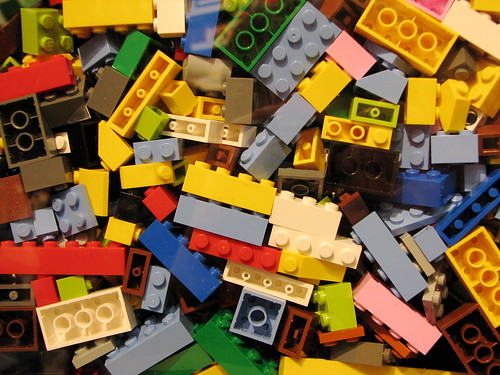I was lucky to interview someone recently who developed hair pulling behaviour as a child and they told me about the first time they pulled out a hair and examined the lipid fat root. Here is what they said:
"It is weird that I can remember the first time I ever pulled out a hair, but I can. I remember sitting watching TV, I must have been about 9 years old. I had just had a bath and was sitting wrapped in a towel. My mother and father were also in the room. Not sure what was on TV but I remember some urge possessed me to pull a hair. It happened automatically. It was like some force was driving me to do it. The body just had a will of its own to do it and once plucked I was surprised to see the glistening white root fatty root. I plucked a second hair just to see if I could repeat the same result as I had the first. And I did. And I just kept on plucking after that.
My family must have seen me do it and I recall my dad told me to stop it on a few occasions, but they never took me to a doctor. I suppose they viewed it as a bad habit that I would grow out of. But I wish they had understood the nature of trichotillomania - that it is a real condition and not a passing phase.
The more I plucked the more other changes occurred. As a child I had very fine, glossy and straight hair but when the plucked hair grew back it grew back thicker, curlier and more dull in colour.
I plucked consistently until I was into my mid-teens and developed very thin hair on the crown of my head. To avoid over plucking in a single area I would pluck from alternative places - the sides of my scalp. Again, thinning occurred. Over time my hair pulling developed into skin picking as I tried to find alternative ways to avoid direct hair pulling without giving up on the comfort I got from this behaviour.
To this day I will still dig my nails into my scalp and eat the skin I can scratch off. It doesn't happen often but I know that the same impulse that affected my as a kid still affects me today. "
These interesting insights reveals the strange trajectory that hair pulling can go in, with manifestation of hair pulling behaviour changing over time. It also reveals how this condition is very hard to cure outright. Genetic changes, such as hair quality altering, are also a part of trichotillomania, with changes in hair quality a common phenomenon. I wish to thank my interviewee. I hope you found it interesting too.



